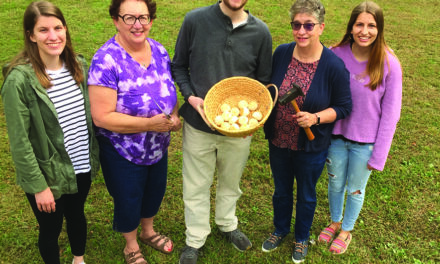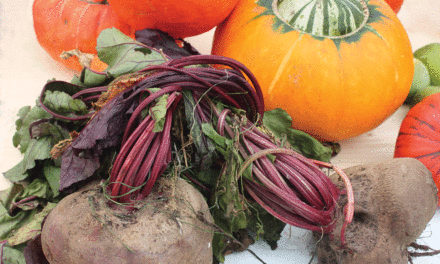
Healthy soil is the goal of every gardener, but sometimes a challenge can be using materials that deplete the soil elsewhere. (Photo courtesy Associated Press)
A good loaf of challah is tender, pillowy and slightly sweet, but homemade loaves tend to dry and stale quickly. To keep our challah tender and extend its shelf-life, we borrow the water roux technique known as tangzhong that’s used to make fluffy Japanese milk bread.
In this recipe from our cookbook “ Milk Street Bakes,” the tangzhong increases the hydration level in the dough while keeping the mixture workable.
Tangzhong is a mixture of flour and liquid cooked to a gel; it’s often referred to as a roux, though it does not contain any butter or oil and serves a different purpose than a classic roux.
The gelatinized starch in tangzhong can hold on to more water than uncooked flour, so the dough is easy to handle despite the high hydration level. The loaf attains a high rise and a light, airy crumb and the baked bread keeps well.
Oil is the fat of choice in traditional challah.
For more complex, nuanced flavor, extra-virgin olive oil is used instead of a flavorless neutral oil.
To complement the fruity, peppery notes of the olive oil, golden raisins plumped in orange juice are mixed into the dough at the end of kneading.
Though we love the look of challah formed into an intricate six-strand braid or an impressively mounded crown, for ease, we make two simple braids and bake them in loaf pans.
Well-wrapped, the loaves will keep at room temperature for two or three days.
Don’t forget to drain the raisins before adding them to the dough. Also, don’t cut into the challah while it’s still warm.
With such a light, tender crumb, the bread slices more easily and has a better texture after cooling to room temperature.
(Editor’s note: For more recipes, go to Christopher Kimball’s “Milk Street” at 177milkstreet.com/ap)





